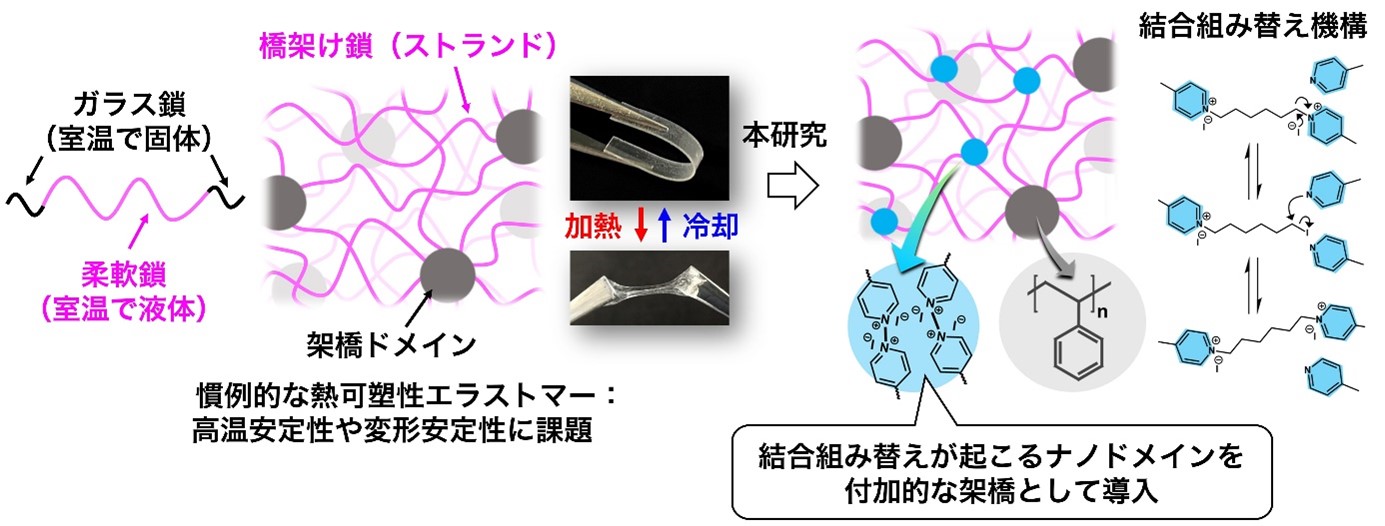2024-09-03 パシフィック・ノースウェスト国立研究所(PNNL)
<関連情報>
- https://www.pnnl.gov/publications/hydrogen-spillover-regulates-catalysis
- https://pubs.acs.org/doi/10.1021/acscatal.4c00482
室温エチレン水素化反応における水素スピルオーバーが酸化チタン中のRh1活性部位を制御する Hydrogen Spillover Is Regulating Minority Rh1 Active Sites on TiO2 in Room-Temperature Ethylene Hydrogenation
Linxiao Chen,Debora Meira,Libor Kovarik,and János Szanyi
ACS Catalysis Published April 26, 2024
DOI:https://doi.org/10.1021/acscatal.4c00482
Abstract

The complicated dynamics of active sites on single-atom catalysts under reducing conditions limits their applications in hydrogenation reactions and mechanistic understanding. Herein, we report that on Rh1/TiO2, *H spillover during room-temperature ethylene hydrogenation hydroxylates and reduces TiO2, enhancing the intrinsic activity of Rh1 by 9-fold. Spectroscopic and kinetic evidence suggests that the spillover of *H is suppressed by their facile reaction with C2H4, most of the spilled *H are nonreactive spectators, and >99% turnovers occur on a small subset (<20%) of exposed “active Rh1”. Steady-state kinetics indicates competitive adsorption between H and C2H4, H2 dissociation is the rate-determining step, and the apparent activation barrier (Ea,app) of the reaction is ∼48 kJ/mol. The evolution of Rh1 under H2 was further tracked by spectroscopic and microscopic techniques at elevated temperatures. At 200 °C, more Rh1 are exposed, but these Rh1 are at least 5-fold less active than that of the “active Rh1”. At 300 °C, Rh clusters derived from Rh1 become the main active sites, shifting Ea,app to 62 kJ/mol, characteristic of Rh nanoparticles. At ≥400 °C, larger and more active Rh particles in the strong metal–support interaction state are created. This work revealed the unexpected regulation effects of *H spillover on M1 active sites under ambient conditions, differentiated the minority active M1 sites, and demonstrated how the stability of M1 under reducing atmospheres affects hydrogenation catalysis.



